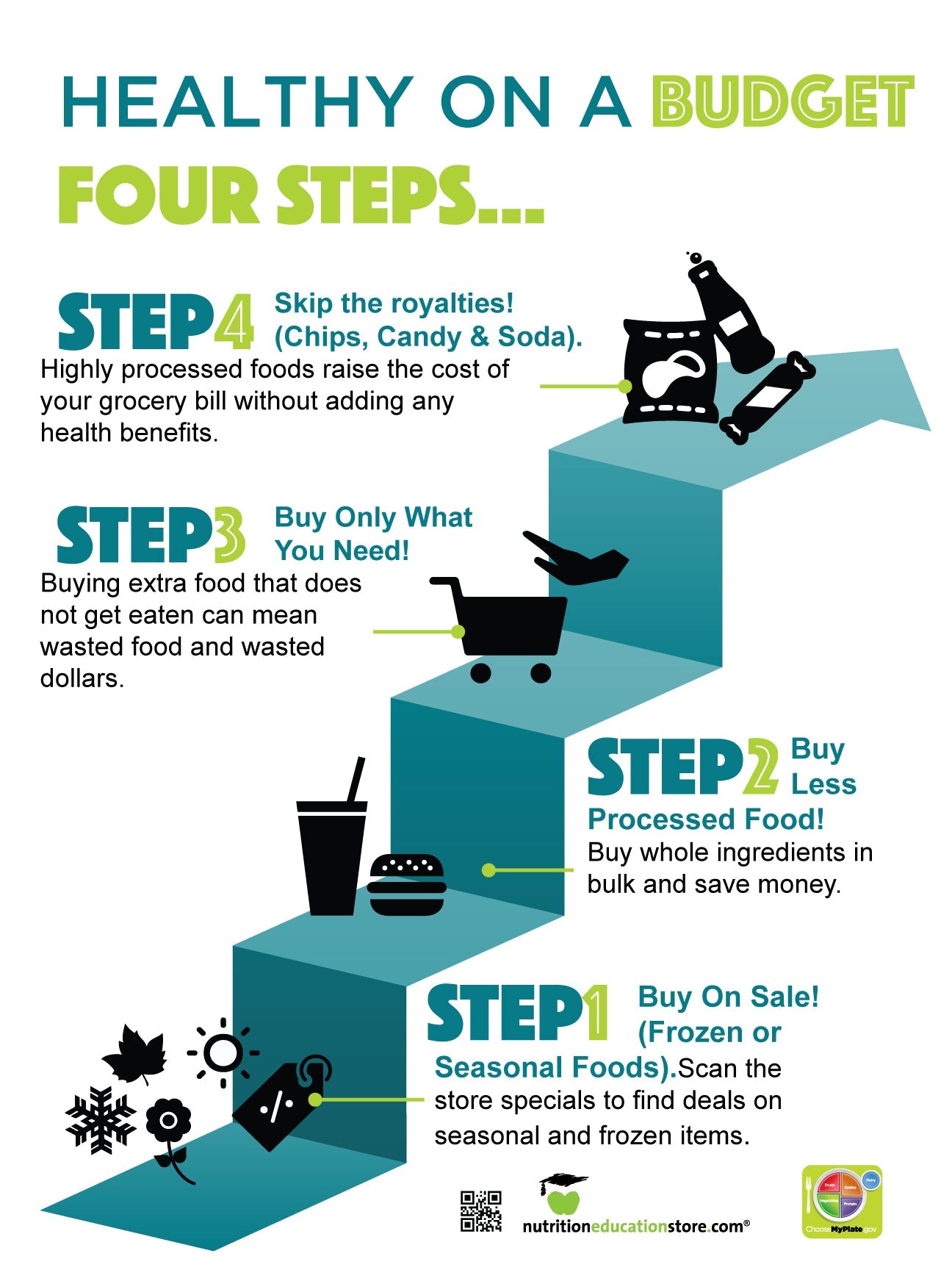Last week, we explored ideas for MyPlate cooking demos that you can do on Zoom, Facebook, or YouTube (if you missed it, click here). But we can’t talk about food demos without mentioning our Cooking Demo Ideas Book & CD, which has more than 300 pages and 30+ lessons on topics like fiber, heart health, portion control, fruits, and veggies, ethnic dishes, food safety, and meal planning.
We’ve done all the work for you — tested recipes, prepared shopping lists, written speaker’s notes, created handouts, and more. You just have to decide which lessons and food demos to do! Here are some suggestions:
- Cooking for One – for seniors and singles who are mostly home alone during the pandemic.
- Budget Cooking – for families who now more than ever are on a tight budget.
- Kids in the Kitchen – for home-schoolers and parents who need activities for their children.
- No-Cook Recipes – for people with disabilities or those who don’t have everyday access to a kitchen.
- Fish Twice a Week – for families stuck in the chicken-beef-pork protein routine.
- Healthy Asian, African, Italian, Latin – for anyone who wants to broaden their cooking horizons (and avoid pricey & often unhealthy takeout!)
You can supplement your cooking demo with the two PowerPoint shows that come with the book:
- Recipe Modification: Our best tips on modifying recipes; 50 slides with speaker’s notes.
- Menu Planning and Shopping Tips: Three ways to plan meals; 21 slides with speaker’s notes.
Remember, our PowerPoint shows are instantly downloadable, editable, and always come with lifetime updates!




